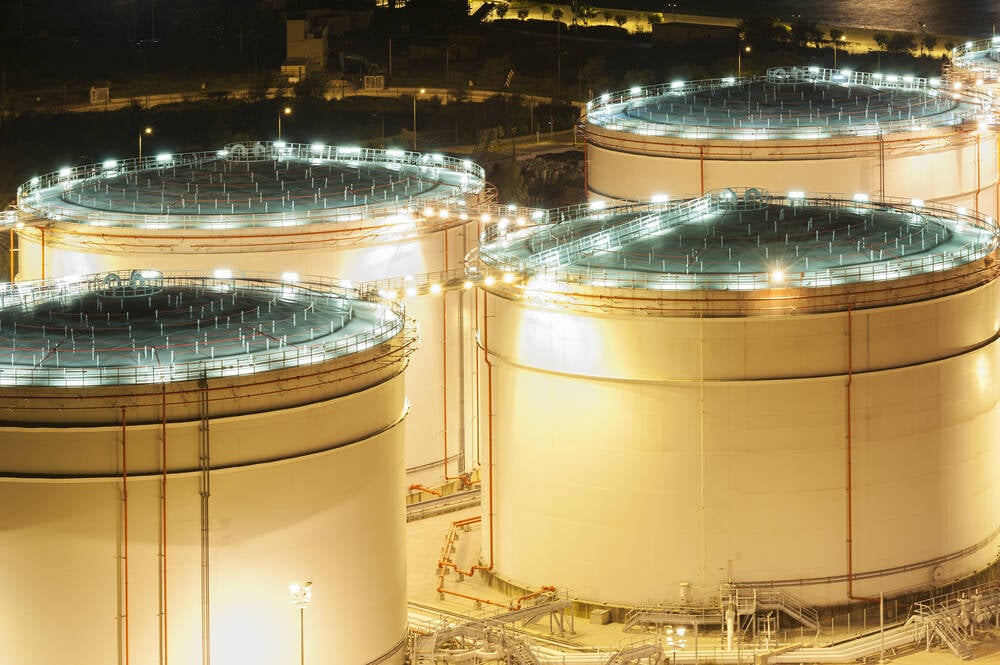
"The research firm forecasts that electricity required by datacenters worldwide is set to expand 16 percent this year alone, and likely to double to 980 terawatt hours (TWh) by 2030. It will come as little surprise to El Reg readers that the rapid rise of AI-optimized servers and infrastructure is the chief culprit fueling the increase. Gartner expects the electricity usage from all that machine learning gear to rise nearly fivefold, from 93 TWh in 2025 to 432 TWh in 2030."
"This sharp rise means that AI infrastructure will account for more and more of the total consumption, expanding from about 21 percent of total bit barn power use this year, to 44 percent of it by the end of the decade. At this point, those AI servers will represent 64 percent of incremental demand, meaning the additional electricity required to power new systems added to the grid."
"But the frenetic pace of datacenter building compared with the glacial pace of power grid expansion means that many facilities face a long wait to get connected, and operators are increasingly turning to on-site generation, at least in the short term. This likely means burning extra fossil fuels that add to pollution and greenhouse gas emissions. The Colossus datacenter operated in Tennessee by Elon Musk's xAI has faced criticism for allegedly belching out smog-causing fumes from its gas turbines, for example."
Global datacenter electricity demand is forecast to rise sharply, expanding 16 percent this year and potentially doubling to 980 TWh by 2030. The surge is primarily driven by AI-optimized servers, with machine learning gear consumption projected to climb from 93 TWh in 2025 to 432 TWh in 2030. AI infrastructure will grow from about 21 percent to 44 percent of total datacenter power and will account for 64 percent of incremental demand. Slow grid expansion forces many facilities to rely on on-site generation, increasing fossil-fuel use; cleaner options like green hydrogen, geothermal, and SMRs are expected to become viable by decade's end.
Read at Theregister
Unable to calculate read time
Collection
[
|
...
]